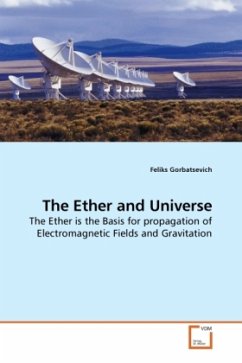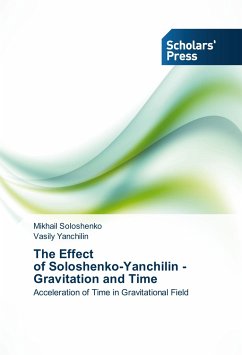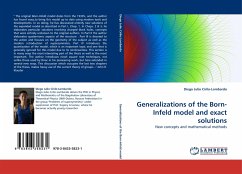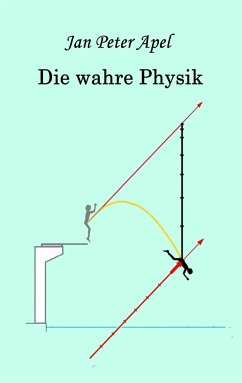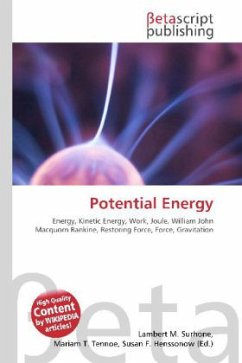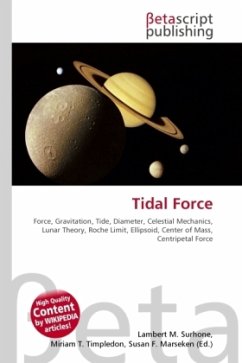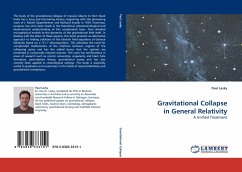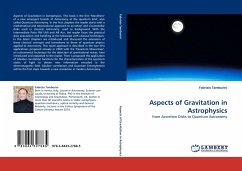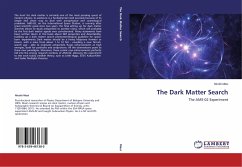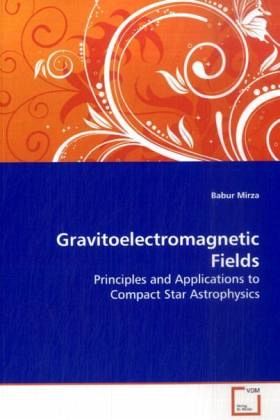
Gravitoelectromagnetic Fields
Principles and Applications to Compact Star Astrophysics
Versandkostenfrei!
Versandfertig in 6-10 Tagen
32,99 €
inkl. MwSt.

PAYBACK Punkte
16 °P sammeln!
Astrophysical processes in compact stars can be largely divided into two classes, namely radiative and material. Due to extremely strong gravitational field of these stars both type of processes are effected by the gravitational field of the compact object. In theses cases the Newtonian approximation to the gravitational field breaks up and the relativistically correct laws must be used to describe any phenomenon related to compact stars. Gravitoelectromagnetic approximation provides such a frame-work. This monograph discusses the gravitoelectromagnetic approximation and its implications for c...
Astrophysical processes in compact stars can be
largely divided into two classes, namely radiative
and material. Due to extremely strong gravitational
field of these stars both type of processes are
effected by the gravitational field of the compact
object. In theses cases the Newtonian approximation
to the gravitational field breaks up and the
relativistically correct laws must be used to
describe any phenomenon related to compact stars.
Gravitoelectromagnetic approximation provides such a
frame-work.
This monograph discusses the gravitoelectromagnetic
approximation and its implications for compact star
astrophysics. Since these stars rotate at
angular speeds far below that of the speed of light,
the processes occurring in these stars offer perfect
conditions where the gravitoelectromagnetic
approximation can be usefully employed and
observationally tested.
This book also contains an especially clear
introduction to compact star astrophysics, and
gives a fairly complete review of basic
relativistic astrophysics.
largely divided into two classes, namely radiative
and material. Due to extremely strong gravitational
field of these stars both type of processes are
effected by the gravitational field of the compact
object. In theses cases the Newtonian approximation
to the gravitational field breaks up and the
relativistically correct laws must be used to
describe any phenomenon related to compact stars.
Gravitoelectromagnetic approximation provides such a
frame-work.
This monograph discusses the gravitoelectromagnetic
approximation and its implications for compact star
astrophysics. Since these stars rotate at
angular speeds far below that of the speed of light,
the processes occurring in these stars offer perfect
conditions where the gravitoelectromagnetic
approximation can be usefully employed and
observationally tested.
This book also contains an especially clear
introduction to compact star astrophysics, and
gives a fairly complete review of basic
relativistic astrophysics.



